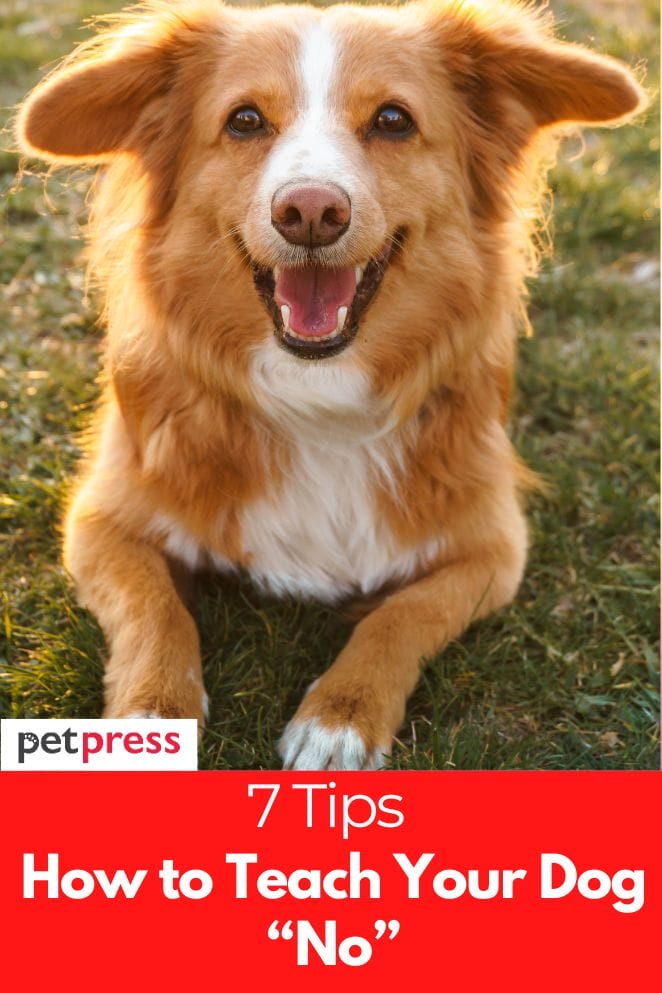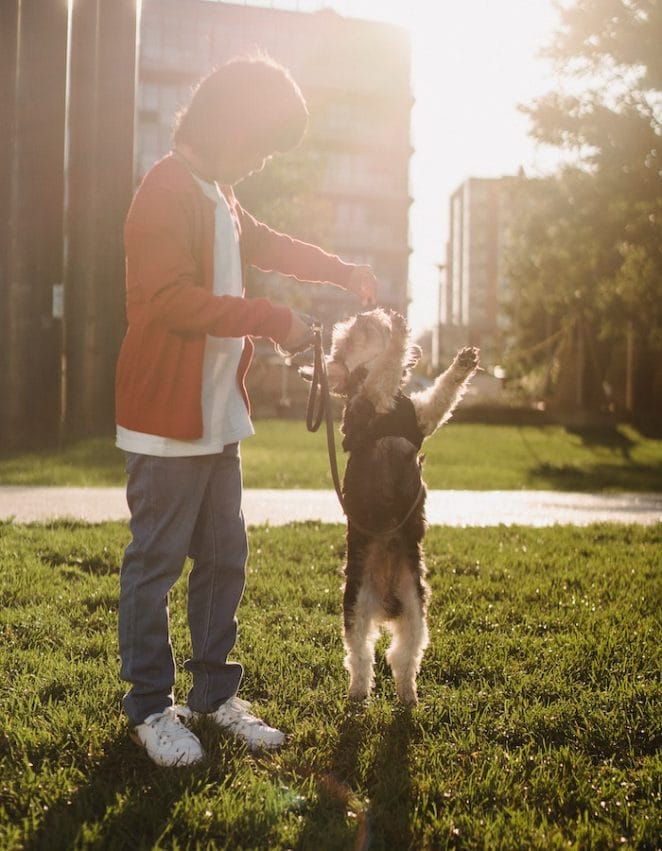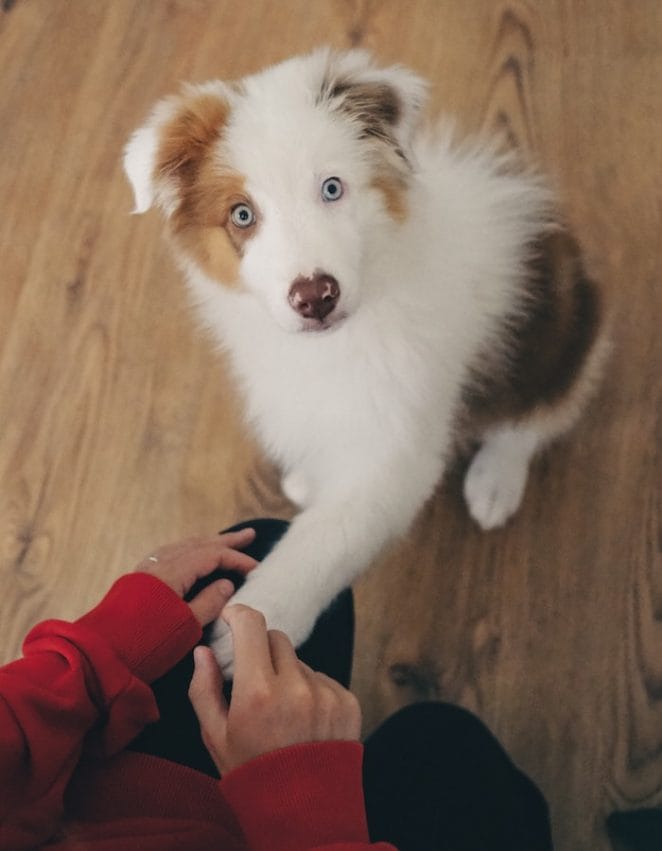
Teaching your dog the word “no” is an important part of training. It’s one of the first commands you should teach your dog, and it can be used to stop bad behaviors before they become a problem.
In this blog post, we will discuss how to teach your dog the meaning of “no,” as well as some tips for making sure the command is effective.
Follow these steps, and you’ll be able to train your dog to respond quickly and effectively when you say “no!”
How do you teach a dog no?

There are several ways to teach your dog no. It includes:
Using a physical cue
With this method, you will need to use a physical gesture to indicate to your dog that the behavior is wrong.
For example, if your dog jumps on you, you can gently push them off with your hand.
This method is effective because it gives your dog an immediate indication of what they are doing wrong.
Using a verbal cue
With this method, you will need to use a verbal command to indicate to your dog that the behavior is wrong.
For example, if your dog jumps on you, you can say “no” in a firm voice.
This method is effective because it helps your dog associate the word “no” with the behavior you want them to stop.
Using a combination of both
With this method, you will use both a physical and verbal cue to indicate to your dog that the behavior is wrong.
For example, if your dog jumps on you, you can say “no” in a firm voice and gently push them off with your hand.
This method is effective because it provides your dog with both a verbal and physical cue, making it easier for them to understand what you want them to do.
Now that you know how to teach your dog no let’s discuss some tips for making sure the command is effective.
Tips for making “no” effective

There are a few things you can do to make sure the “no” command is effective.
Use it consistently
If you want your dog to obey the “no” command, it is important that you use it consistently. That means using it every time they perform the undesired behavior.
If you only use the “no” command sometimes, your dog will get confused and won’t know when they’re supposed to stop the behavior.
In addition, be sure to use a firm voice when you give the command. Dogs respond better to commands that are delivered in a confident, authoritative tone.
By using the “no” command consistently and delivering it in the right way, you can help your dog learn what behaviors are and are not acceptable.
Be consistent with your tone
Giving commands to your dog can be a frustrating experience if you’re not consistent with your tone of voice.
If you use a different tone of voice each time, you say “no,” your dog will get confused and won’t know what you want them to do.
When you give the command, be sure to use a firm, authoritative voice so that your dog knows you mean business.
This doesn’t mean that you have to shout or be aggressive, but your dog should understand that you’re serious about the command.
Once you’ve established this tone of voice, be consistent with it every time you give a command.
Don’t use it for everything
If you use the “no” command for every little thing, your dog will start to ignore it. That’s because they’ll think you’re just being negative and that they don’t need to listen to you.
Instead, save the “no” command for when your dog is doing something that is truly undesired, such as jumping on you or chewing on your furniture.
By using the “no” command sparingly, you can help your dog learn to associate it with serious offenses.
Give positive reinforcement
It’s important to remember that dogs respond better to positive reinforcement than negative reinforcement.
That means that you should praise your dog when they obey the “no” command instead of scolding them.
This will help your dog understand that they’re doing what you want them to do and that they’re good dogs.
By following these tips, you can help your dog learn the “no” command effectively.
Just remember to be consistent with your commands and use positive reinforcement to encourage good behavior.
With a little patience and practice, your dog will be able to stop performing unwanted behaviors in no time!


GIPHY App Key not set. Please check settings